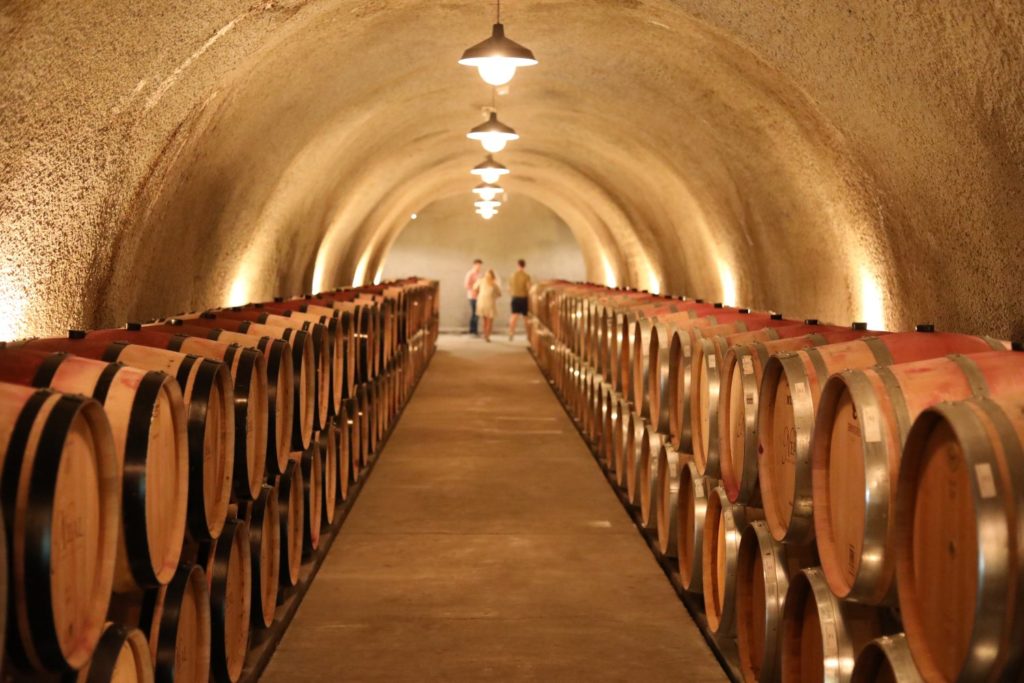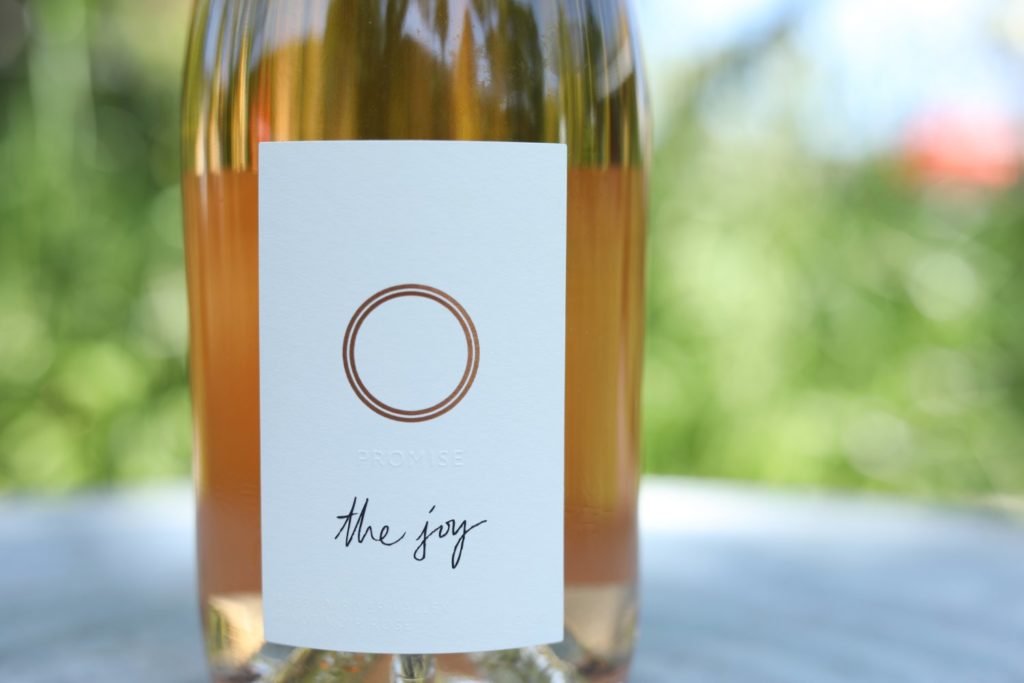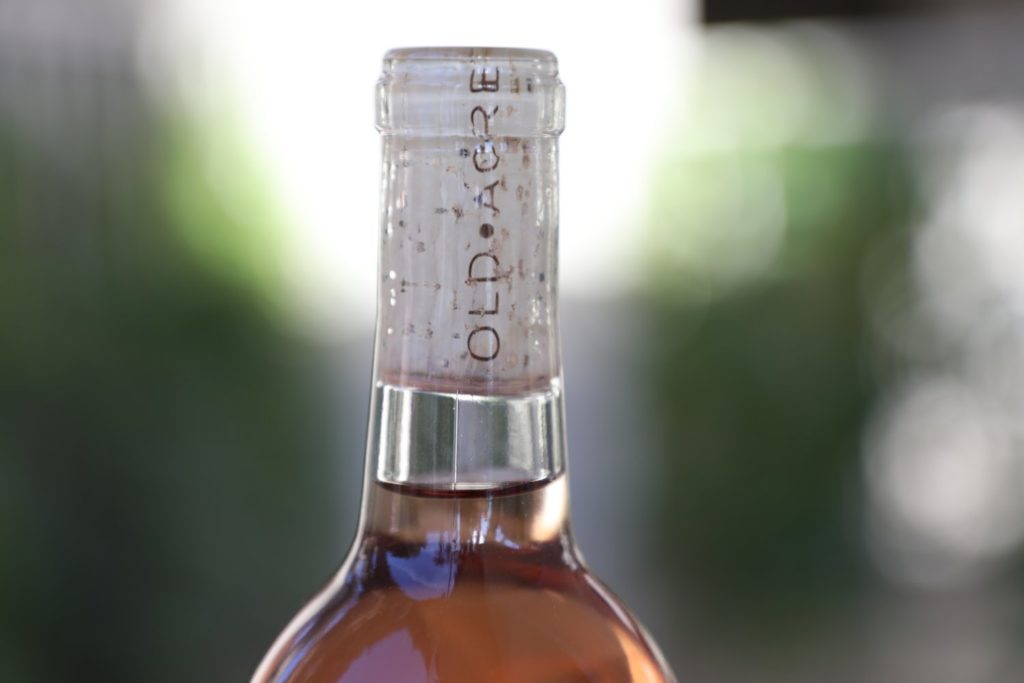When it comes to wine that effortlessly blends refreshment with elegance, few varieties compete with the charm of rosé. Whether you’re lounging by the pool, sharing dinner with friends, or just winding down after a long day, a chilled glass of rosé often feels like the perfect companion. But beyond its alluring pink hue lies a world of complexity, history, and versatility that many casual sippers may not know about.
Ask anyone who enjoys rose wine, and they’ll tell you it’s not just a summer fling. Rosé has earned its spot in wine culture year-round thanks to its wide range of styles and food-pairing potential. But what exactly makes rosé unique, and how can you choose the right bottle for your tastes? Let’s uncork the essentials of this beloved blush beverage.
What Exactly Is Rosé Wine?
Despite popular belief, rosé isn’t just a mix of red and white wine. In fact, that method is generally frowned upon in the world of fine winemaking (with the exception of some rosé Champagnes). Instead, rosé gets its color from grape skins. When red grapes are crushed, the juice is left in contact with the skins for just a short time—anywhere from a couple of hours to a day. This brief contact is enough to tint the wine pink without drawing out the heavy tannins typical of reds.
Because of this, rosé is wonderfully diverse. It can be made from nearly any red grape: Grenache, Syrah, Pinot Noir, Sangiovese, and even Tempranillo and each variation brings its own character. Some are crisp and citrusy, while others lean more toward berry or floral notes. The diversity is part of what makes exploring rosé so much fun there really is a version for every palate.
Tasting Notes: What to Expect from a Glass of Rosé
If you’ve ever tried two different rosés and thought they tasted nothing alike, you’re absolutely right. Rosé is not a single flavor profile; it’s a spectrum with a wide range of tasting notes.
A classic Provence-style rosé from France tends to be light, dry, and elegant, often with soft floral aromas and hints of peach or citrus. Spanish rosado, on the other hand, is usually deeper in color and more intense in flavor, offering red cherry, plum, and a touch of spice. American rosés vary widely but frequently lean toward juicy, fruit-forward notes like strawberry or watermelon. And if you’re feeling festive, sparkling rosé delivers a zesty, bubbly finish with bursts of berry flavors.
The variety is impressive, and the key to discovering your ideal rosé lies in paying attention to both the grape varietals and the region of origin. Much like red or white wine, where it’s made plays a huge role in how it tastes.
How to Serve and Pair Rosé Like a Pro
Serving rosé well doesn’t require a sommelier’s expertise, but a few small adjustments can elevate the entire experience. Start by chilling it to the right temperature—somewhere between 45 and 55°F (or 7 to 13°C). If it’s too cold, the flavors can become muted; too warm, and the wine can lose its crispness. Pour it into a white wine glass rather than a big red one. This helps concentrate the delicate aromas and keeps the wine cooler for longer.
Most rosés are best enjoyed young, typically within a year or two of bottling. Aging isn’t usually recommended unless you’re specifically buying a vintage bottle designed for cellaring.
When it comes to pairing with food, rosé is refreshingly versatile. Its natural acidity makes it an excellent match for grilled seafood or chicken, while its subtle fruitiness complements salads with goat cheese or berries, light pasta dishes, and even sushi or poke bowls. If you’re entertaining, a rosé can seamlessly accompany a wide variety of tapas or charcuterie, making it a go-to option when you’re not sure what everyone will enjoy.
Shopping for Rosé: What to Look For
Choosing a rosé can feel overwhelming with so many options, but a little background knowledge goes a long way. If you usually gravitate toward bold red wines, look for rosés made from Syrah or Tempranillo, which tend to offer a deeper, more robust profile. If you’re more into lighter whites, rosés based on Pinot Noir or Grenache will probably suit your taste better.
Provençal rosés are often a safe and reliable choice for those seeking something dry and elegant. On the other hand, rosés from California, Chile, or South Africa often lean fruitier and can offer a more playful drinking experience.
Keep an eye on the vintage. Most rosés are at their best when fresh, so look for bottles that are from the most recent harvest. Finally, take a moment to read the label. Descriptive words like “dry,” “crisp,” or “bright acidity” can give you valuable hints about what’s inside. And unless you’re intentionally seeking something sweet, steer clear of bottles labeled as “sweet” or “semi-sweet.”
Rosé Moments: When and Where to Enjoy
One of the joys of rosé is how effortlessly it fits into just about any setting. While it’s often associated with summer afternoons, its crispness and versatility make it suitable all year round. Picture brunch with friends, a cozy picnic, a casual dinner at home, or even a quiet solo night with a good book rosé works beautifully in all of these scenarios.
If you’re planning a celebration, a sparkling rosé can bring a fun, festive vibe to the occasion. If you’re traveling, sampling local rosés can be a delightful way to explore a region’s wine culture without having to splurge on high-end bottles. It’s the kind of wine that invites exploration, and because of its adaptability, it rarely disappoints.
For many, rosé becomes more than just a drink it becomes part of a lifestyle. It’s about relaxed elegance, shared moments, and savoring the simple things.
Why Rosé Deserves a Spot on Your Shelf
Whether you’re a wine newbie or a seasoned enthusiast, rosé is an open invitation to explore. Its ability to balance freshness with complexity makes it an ideal choice for almost any occasion. From poolside sips to candlelit dinners, there’s a rosé that fits the moment.
So the next time you’re browsing wine options, don’t pass up that beautiful pink bottle. You might just discover your next go-to wine and maybe even a new favorite way to unwind.
After all, wine is meant to be enjoyed, and few wines deliver that joyful, easygoing spirit quite like rosé.



